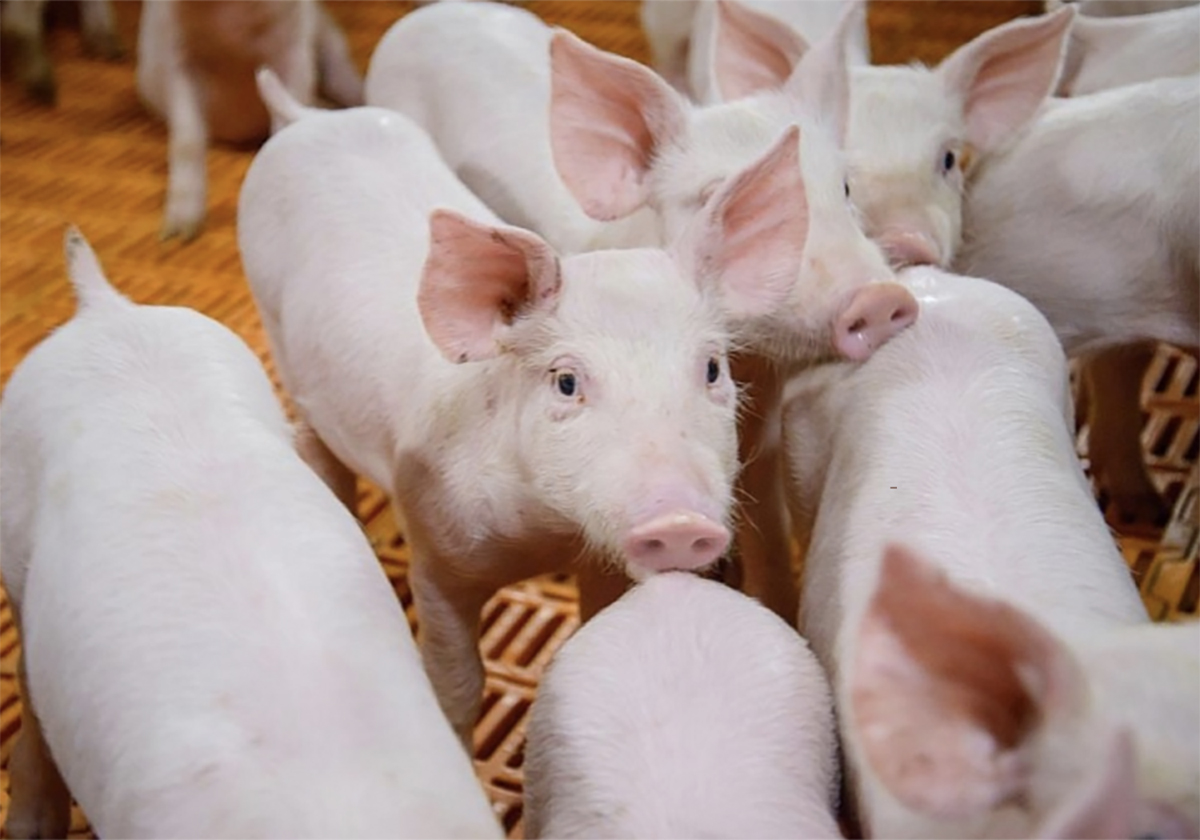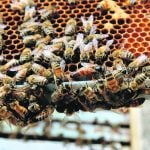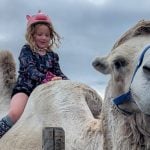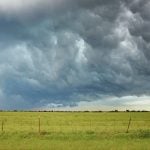Canadian codes of practice for animal care were developed 20 years ago
yet few producers know of their existence.
A study by the George Morris Centre in Guelph, Ont., commissioned by
the livestock industry found Canada is ahead of the Americans in terms
of animal welfare from farm to slaughter. However, the codes of
practice are voluntary and there are few provisions to audit farms.
Due to pressure from the food industry, American processors have
improved conditions and are developing audit checklists.
Read Also

The Western Producer Livestock Report – August 28, 2025
Western Producer Livestock Report for August 28, 2025. See U.S. & Canadian hog prices, Canadian bison & lamb market data and sales insights.
Since the federal government started promoting its on-farm food safety
program, some producer organizations have developed quality assurance
programs to include animal welfare issues.
The George Morris Centre praised the Canadian farm food safety program
as one way to address the public’s concerns because it requires
independent audit and verification.
Further, the report said commodity groups, the Canadian Meat Council
and poultry groups must adopt compatible programs that can be measured
rather than wait for food retailers and restaurants to present their
requirements.
Many of the major meat producing groups are streamlining their codes of
practice and expectations of producers.
For example, the Canadian pork industry has a national quality
assurance program with about half of the country’s hog production
certified under the program for food safety, quality and integrity.
The cattle industry developed the Quality Starts Here program in 1995.
It is voluntary with no verification system in place.
The Canadian Quality Milk Program outlines best management processes
under a hazard analysis critical control points program, or HACCP, and
includes some animal welfare considerations. Producers in the dairy
program must monitor five mandatory critical control points to be a
validated farm. No outside validators have been hired. Staff from
provincial milk marketing boards fulfil that role.
The egg industry has the oldest quality program called Start Clean,
Stay Clean. It is voluntary, educational program with no immediate
penalty for violations. However, if a producer receives low scores over
a period of time, the provincial egg board could take away the
producer’s quota.
Chicken producers started a program known as Safe, Safer and Safest in
1998. It covers good production practices that include catching,
shipping and HACCP principles. Outside auditors visit the farm to
inspect, validate and certify compliance.
Auditors are usually employees of the provincial regulatory body.
In August 2002 the program guidelines received official recognition
from CFIA as part of the technical review process of the Canadian
On-Farm Food Safety Program.
It is the first commodity group to achieve this.

















